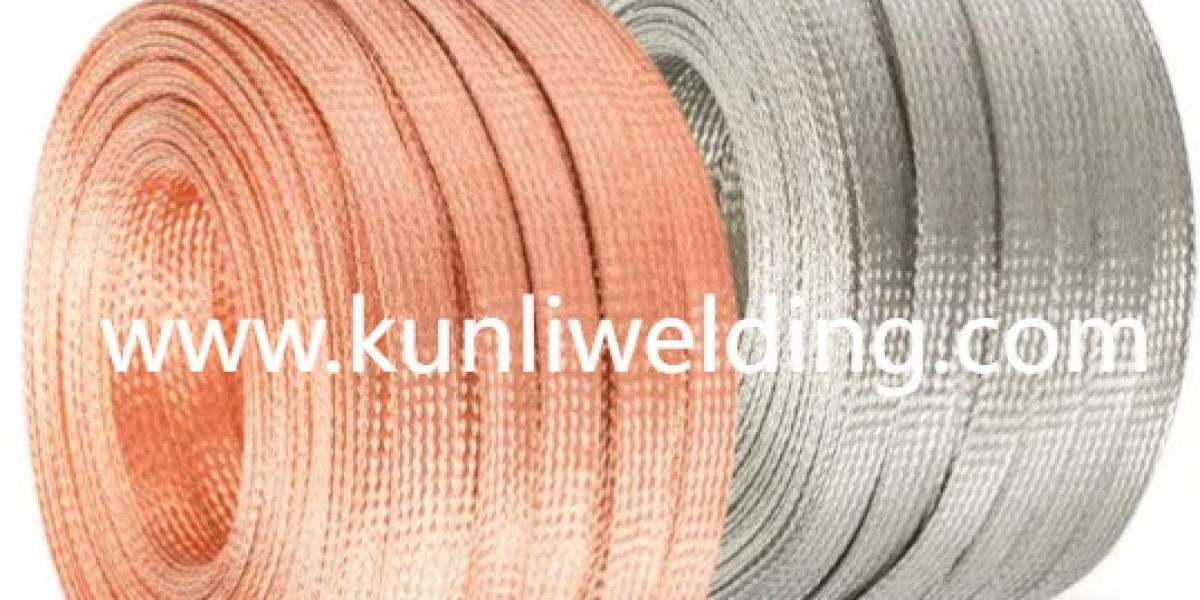When preparing to buy braided conductors for sensitive assemblies a careful buyer will compare handling notes and test records from suppliers and look for certified references from Aluminum Braided Wire Manufacturers before the order is placed. That early check sets expectations about mechanical resilience and electrical continuity and helps avoid surprises on the shop floor or in the field.
Start with a visual inspection protocol. Good quality braided wire shows consistent strand lay and uniform coverage without visible kinks or irregular bulges. Look for evidence of a clean finish on inner strands where ends are shown and check how joints are terminated. Modern visual inspection tools including image classification systems help spot variability that the eye can miss so buyers who use photographic evidence reduce subjective calls during receiving.
Next run simple mechanical checks that reflect how the conductor will be used. A pull or bend test on a sample clip reveals how strands behave under expected handling. Consistent elongation behavior and no sudden strand failure are reassuring signs. More formal tensile and fatigue tests exist and vendors who reference these methods make it easier to compare across sources. When possible request sample test reports that describe the procedure and the outcome so your team can align acceptance criteria with real use cases.
Electrical continuity and resistance checks are central for conductive applications. Using repeatable measurement setups for continuity verifies that terminations and strand contact are sound. In assemblies where insulation is present simple insulation resistance checks can reveal problems that might not appear in a dry bench test. Specialist test houses list a range of certification checks that buyers can request when procurement needs additional assurance.
Surface condition and corrosion resilience deserve attention. Packaging that protects wire from moisture and contamination is a low cost mitigation that prevents degraded arc behavior or poor electrical contact later. Ask suppliers about their storage recommendations and how they protect against oxidation during shipping. When logistics are uncertain these packaging notes become part of the quality story that keeps installations reliable after delivery.
Sample trials in representative conditions are the most revealing step. Run a short real world installation on a mock up or on scrap components and subject the assembly to the normal finishing and handling steps your teams use. Pay attention to how easily terminals are formed how strands hold under bending and whether any finishing steps produce stray debris. These trials convert vendor claims into operational insight and quantify the work needed to reach acceptable field readiness.
Documentation and supplier transparency matter. Choose partners who supply clear product notes handling guidance and test records so procurement can compare apples to apples. When product pages list recommended uses and show sample test procedures it shortens time to approval and reduces reception disputes. Suppliers that provide practical guidance on storage and handling help teams maintain wire quality through transit and on the shop floor.
Finally factor in lifecycle thinking. A wire that is easier to handle and that passes shop trials with little rework reduces installation hours and lowers the chance of field returns. Prioritizing tests that mirror your end use and asking suppliers for traceable reports protects project schedules and preserves operational budgets. If you would like to review product ranges and manufacturer resources visit the product area at www.kunliwelding.com .






